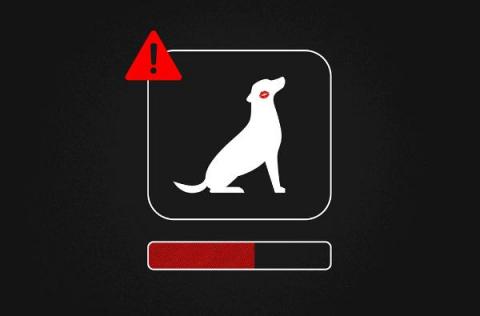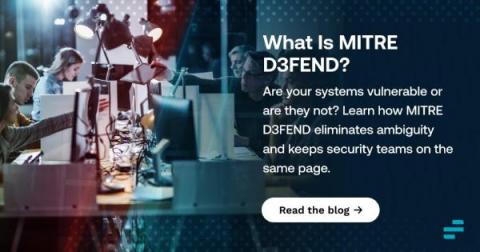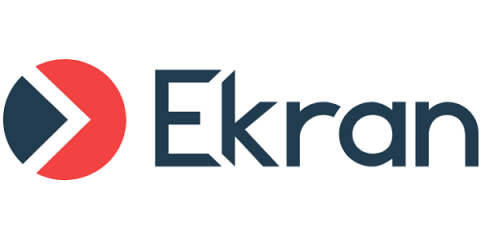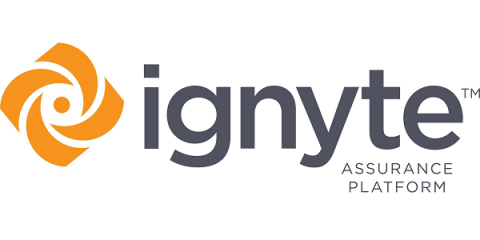Risks that third-party vendors pose to outsourcing banks
The banking and financial sector is known for its dependence on third-party vendors that help provide customers with quality financial products and services. It is one of the most interconnected sectors, making it one of the most vulnerable to cyberattacks. And because third parties operate through the banks they are contracted with, any losses are the bank's responsibility.










